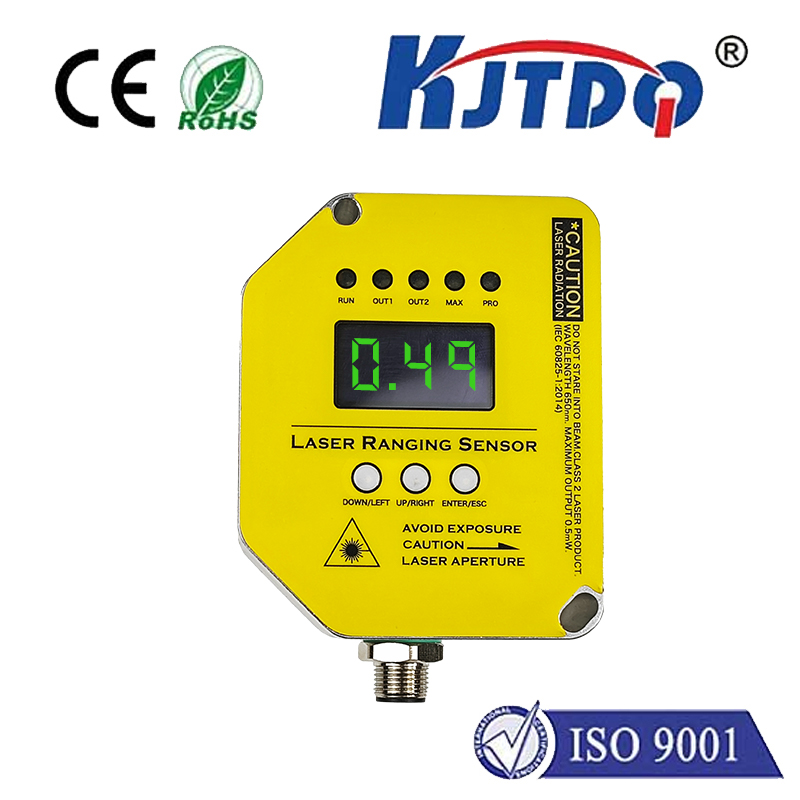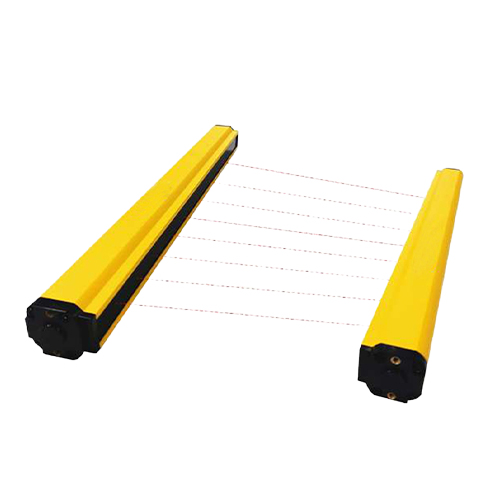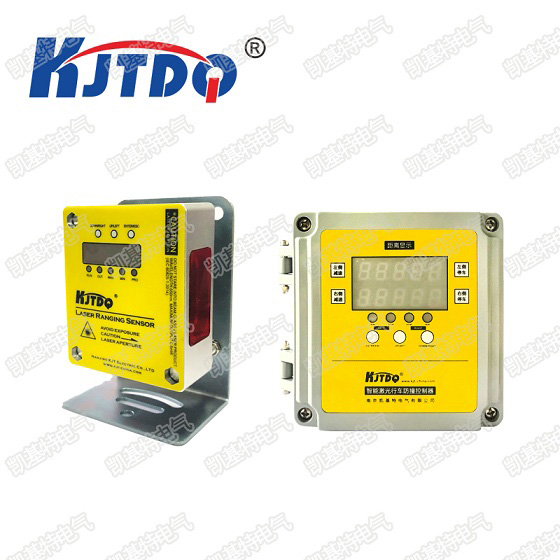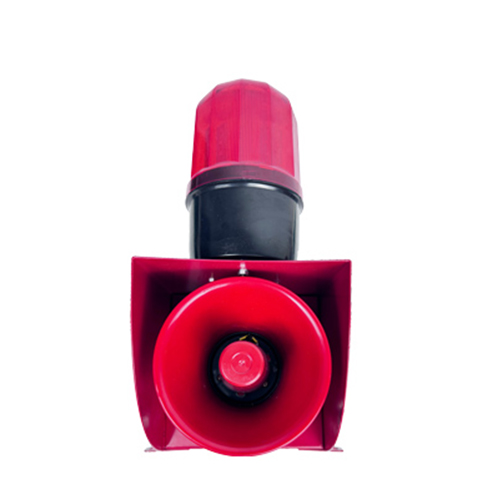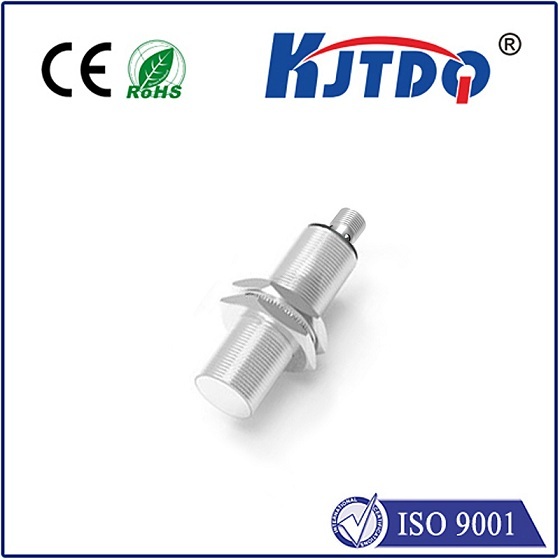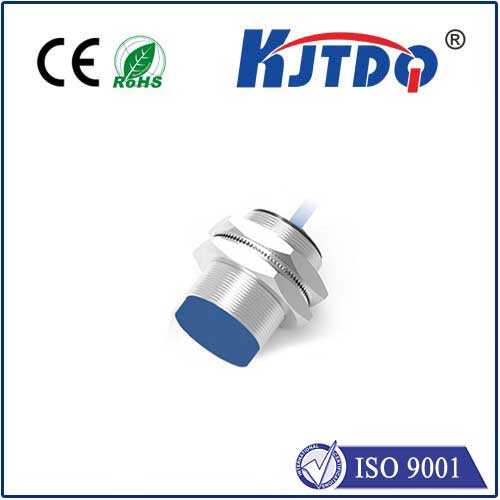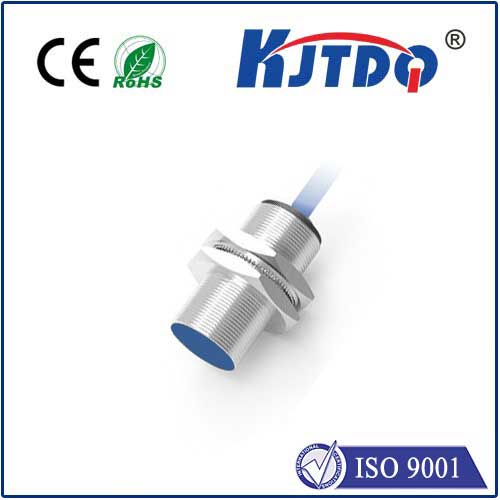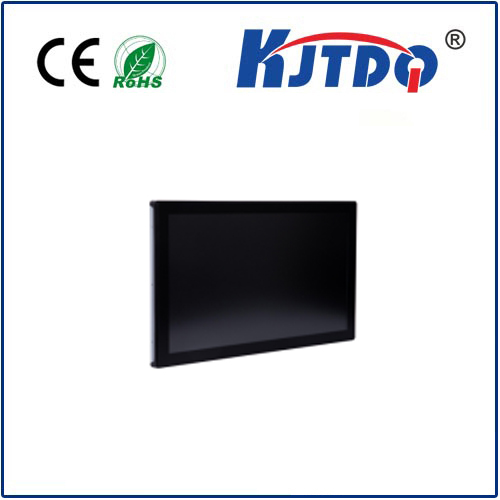temperature monitor
- time:2025-08-25 09:19:39
- Нажмите:0
The Essential Guide to Temperature Monitors: Ensuring Safety and Efficiency Across Industries
Ever wonder what silently safeguards your food from spoiling in transit, ensures life-saving vaccines remain potent, or prevents catastrophic equipment failure in a factory? The answer often lies in a crucial but frequently overlooked device: the temperature monitor. Far more than just a simple thermometer, modern temperature monitoring systems are sophisticated guardians, playing an indispensable role in preserving quality, safety, and operational integrity across countless sectors. Understanding their function and importance is key to mitigating risks and optimizing processes.
Beyond the Basics: How Temperature Monitors Work
At its core, a temperature monitor is a system designed to measure, record, and often manage environmental temperature. It goes far beyond the single-point reading of a traditional thermometer. Key components typically include:

- Sensors/Probes: These are the frontline components that physically detect temperature. Types vary widely, from thermocouples and RTDs (Resistance Temperature Detectors) for industrial precision to thermistors and digital sensors common in consumer and medical applications. Placement is critical – ensuring the sensor accurately reflects the temperature of the target medium (air, liquid, surface).
- Data Logger/Controller: This is the “brain”. It receives data from the sensors. A basic logger simply records readings over time. More advanced systems include controllers that can trigger actions – activating cooling fans, heaters, or alarms – based on predefined temperature thresholds.
- Display & Interface: Provides real-time temperature readings for users. This can range from simple LCD screens on portable devices to complex dashboards in industrial SCADA systems.
- Alarm Systems: Perhaps the most critical feature for safety. Real-time alerts via audible sirens, visual lights, SMS, or email notifications immediately signal when temperatures stray outside acceptable ranges, enabling swift corrective action.
- Connectivity & Data Management: Modern monitors increasingly feature IoT (Internet of Things) connectivity (Wi-Fi, Bluetooth, Cellular). This enables remote monitoring capabilities, cloud data storage for compliance reporting, trend analysis, and integration with building management or enterprise resource planning systems.
Where Precision Matters: Key Applications & Impact
The applications for temperature monitoring are vast and critical:
- Healthcare & Pharmaceuticals: Maintaining strict temperature control is non-negotiable. Vaccine efficacy, blood product integrity, reagent stability, and safe medical storage for organs or tissue samples all depend on reliable, calibrated monitors. Deviations can render products useless or dangerous, impacting patient safety and causing significant financial loss. Data logging is essential for regulatory compliance (e.g., FDA, WHO requirements).
- Food Safety & Logistics: From farm to fork, the cold chain must remain unbroken. Food safety relies on monitors in refrigerators, freezers, transport vehicles, and storage facilities to prevent bacterial growth and spoilage. Real-time alerts allow logistics managers to intervene if a truck’s refrigeration fails, potentially saving entire shipments and preventing foodborne illness. Compliance with HACCP and FSMA often mandates detailed temperature recording.
- Industrial & Manufacturing: Many industrial processes require specific temperature ranges for chemical reactions, material curing, or equipment operation. Semiconductor manufacturing, chemical plants, and even data centers (where server rooms generate immense heat) use monitors to ensure process consistency, product quality, equipment longevity, and prevent costly downtime or hazards. Environmental sensors monitor ambient conditions impacting workers and machinery.
- Laboratories & Research: Scientific experiments, cell cultures, and sensitive equipment demand stable temperatures. Precise temperature monitoring ensures experimental validity, sample preservation, and reproducible results.
- Building Management & HVAC: Optimizing energy use and ensuring occupant comfort relies on accurate temperature data from various zones within a building. Centralized monitoring integrates with HVAC systems for efficient climate control.
The Evolution: Smart Monitors & The Power of Data
The landscape of temperature monitoring is rapidly evolving. The integration of IoT technology is transformative:
- Remote Accessibility: Monitor conditions from anywhere via smartphones or web dashboards. This is invaluable for managing multiple sites, off-hours checks, or hard-to-reach locations.
- Predictive Analytics: By analyzing historical temperature data, AI and machine learning algorithms can identify subtle trends and predict potential failures before they occur (e.g., a freezer compressor showing signs of strain), enabling proactive maintenance.
- Enhanced Compliance & Reporting: Automated data logging and cloud storage simplify audit trails. Reports detailing temperature history, deviations, and corrective actions are generated effortlessly, providing robust documentation for regulators.
- System Integration: Modern monitors can seamlessly integrate into broader Building Management Systems (BMS), Enterprise Resource Planning (ERP), or specialized laboratory information management systems (LIMS), creating a holistic operational view.
Choosing the Right Temperature Monitor: Key Considerations
Selecting the optimal temperature monitoring solution requires careful evaluation:
- Accuracy & Range: What level of precision is required? What are the minimum and maximum temperatures you need to measure? Medical and scientific applications demand high accuracy, while some industrial settings may prioritize ruggedness over extreme precision.
- Resolution: How small a temperature change do you need to detect?
- Response Time: How quickly does the sensor need to register a temperature change? Critical processes or fast-moving environments need rapid response.
- Reliability & Robustness: Consider the operating environment (humidity, dust, chemicals, potential physical impacts). Is the device certified for hazardous locations? What is its expected lifespan?
- Connectivity & Data Management: Do you need simple local logging, or advanced features like real-time alerts via SMS/email, cloud storage, API integration? Evaluate ease of data retrieval and reporting.
- Alarm Capabilities: What types of alerts are necessary (audible, visual, remote)? How configurable are the alarm thresholds?
- Power Source & Battery Life: For wired vs. wireless monitors, consider installation flexibility and battery longevity, especially for remote sensors.
- Scalability & Cost: Can the system easily expand if your monitoring needs grow? Consider the total cost of ownership – hardware, software subscriptions, installation, maintenance.
Don’t leave critical assets, safety protocols, or efficiency gains to chance. Implementing a fit-for-purpose temperature monitoring system is not an expense; it’s a strategic investment in quality control, risk mitigation, regulatory compliance, and operational excellence. Whether safeguarding life-saving medicines, ensuring the freshness of global food supplies, or optimizing complex industrial processes, the precise, data-driven vigilance offered by modern environmental sensors is truly indispensable.

